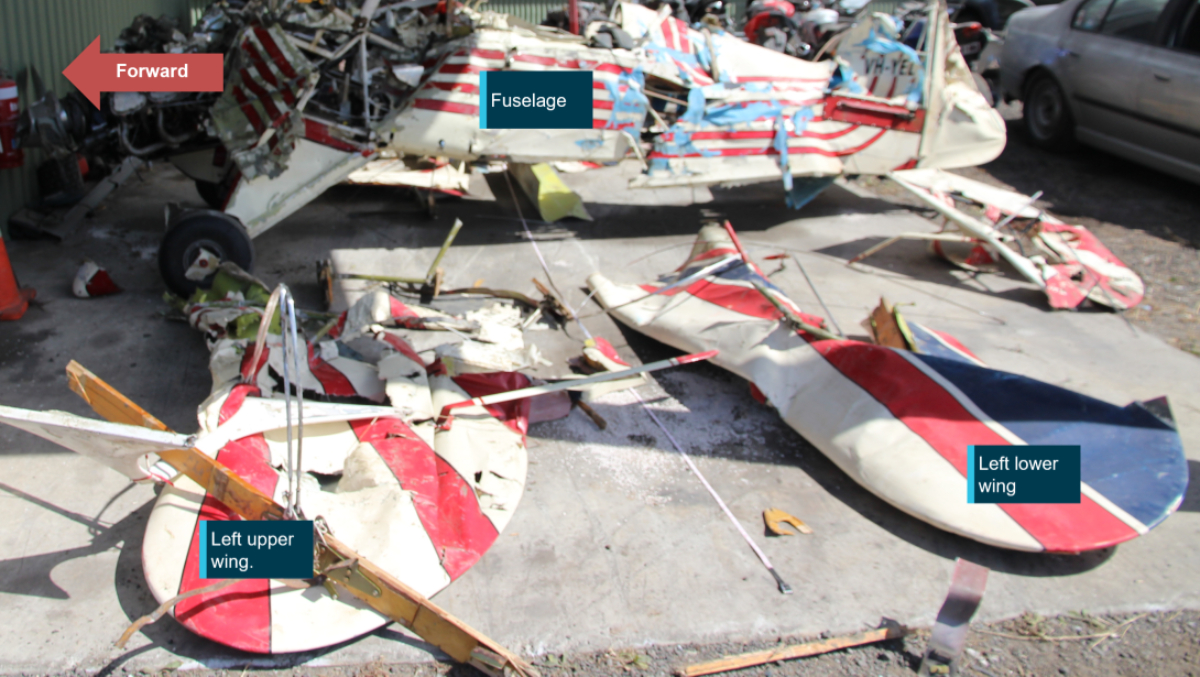
The cracks that led to a biplane breaking up in mid-air couldn’t have been spotted during a routine maintenance inspection, the ATSB has found.
Richard Gardner, 53, died while conducting an aerobatic flight that took off from Caboolture Airfield, north of Brisbane, in August 2021, but the remnants of his aircraft were eventually scattered across a 2.4km area.
However, a final investigation concluded the fatigue cracks on the kit-built Acroduster were obscured by the securing nuts and threads of the eye bolts.
The ATSB’s director of transport Safety, Kerri Hughes, urged fellow model owners to conduct inspections that exceed the minimum standards to prevent similar accidents.
“The cracks would not have likely been readily identifiable during standard maintenance inspections without disassembling the attachment points,” he said.
The initial finding of fatigue cracking on the aircraft’s eye bolts was immediately shared, in August 2021, with CASA, as well as the NTSB and FAA in the United States (as the aircraft’s state of design), and the US-based Experimental Aircraft Association. The aircraft design owner, Aircraft Spruce, was also notified.
“The ATSB found that the centre section of the upper wing was located away from the main aircraft wreckage,” read the report.
“Technical examination of the attachment points identified fatigue cracking on the eye bolts located in the upper wing forward position on the left and right cabane struts. The fatigue cracking had initiated in the thread root of each eye bolt at its termination into the cabane strut.
“The left eye bolt fracture surfaces were corroded, that indicated the left eye bolt had failed some time before the accident flight. Fatigue cracking was also identified in the left roll brace where it secured to the same attachment points.
“The weakened eye bolts and roll brace subsequently fractured, which led to structural instability of the centre wing section, and an in-flight break-up of the aircraft wing structure.”
The Experimental Aircraft Association subsequently released a notice on its website informing members of the accident and a link to the ATSB’s preliminary report and SAN.
The FAA also notified more than 280,000 web subscribers of the wing attachment point fatigue cracks and provided a link to the ATSB’s material.
Finally, Aircraft Spruce issued a safety advisory notice to every purchaser of Starduster and Acroduster design plans since 2003.
“The ATSB welcomes these safety actions by authorities and the manufacturer in response to this accident,” Hughes said.















